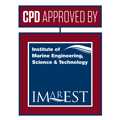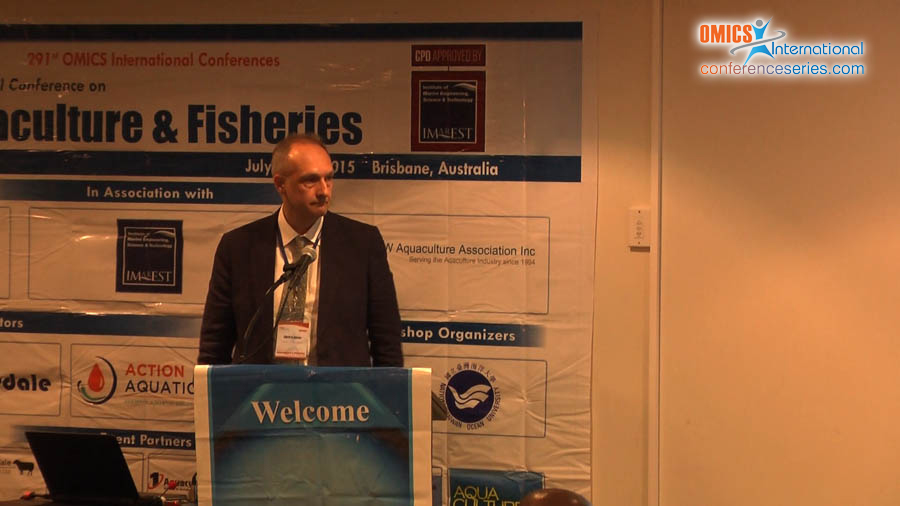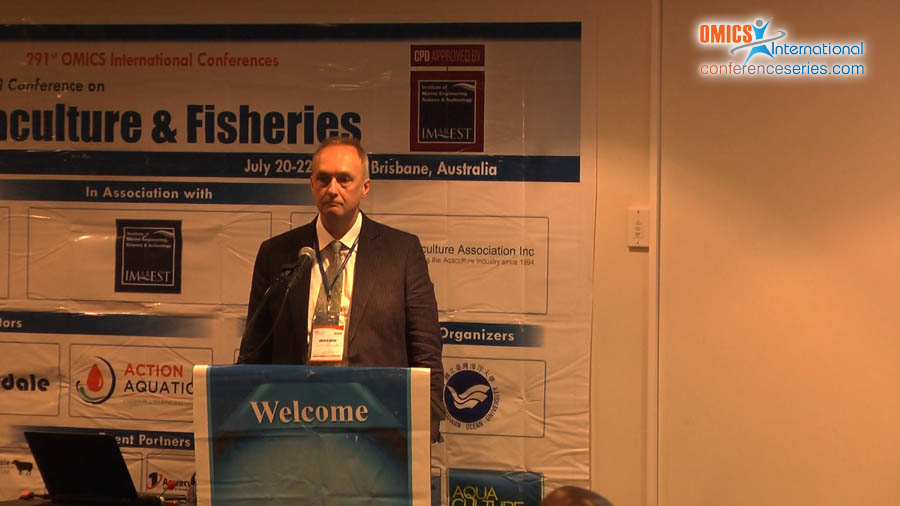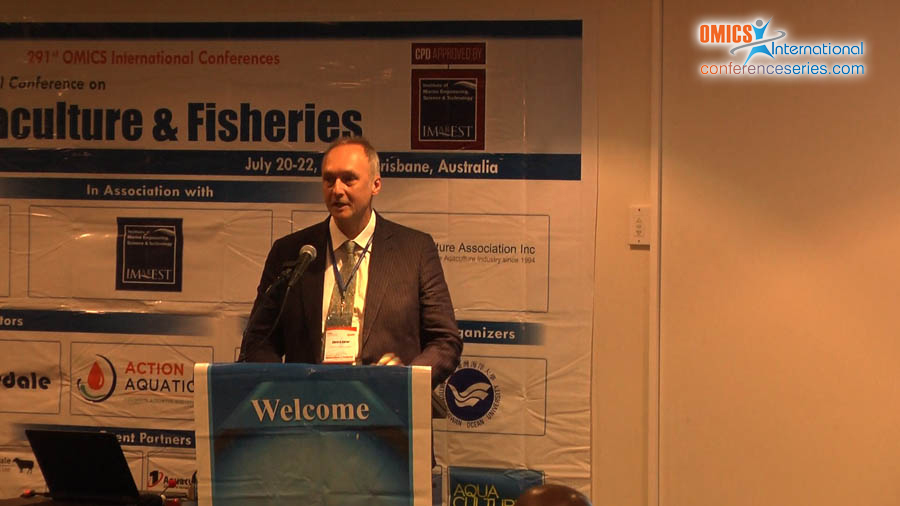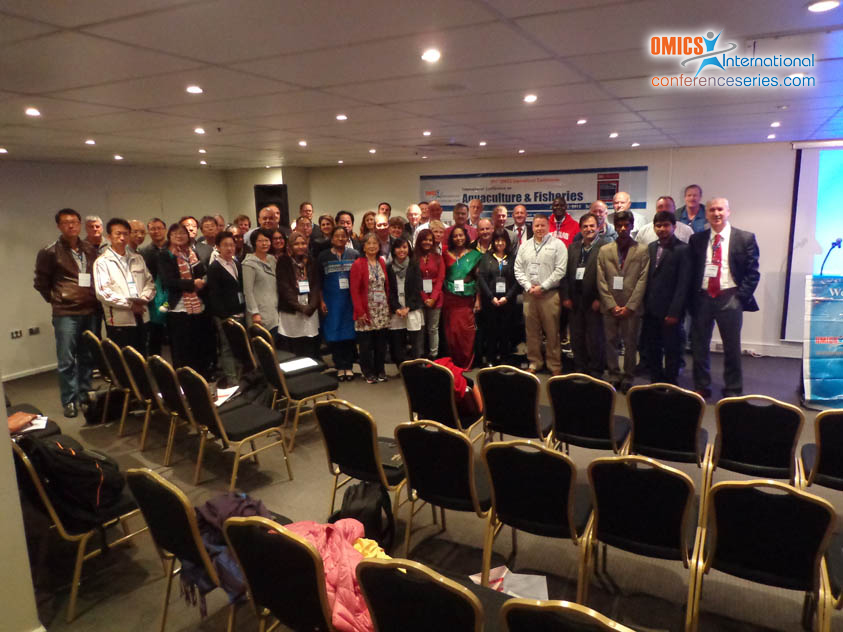
Chris G Carter
University of Tasmania
Australia
Title: Tasmanian salmonid aquaculture: Historical perspectives and future drivers of research in physiology and nutrition
Biography
Biography: Chris G Carter
Abstract
Tasmania is an island to the south of the Australian continent and is Australia’s smallest state by geography and population size. However, it is the country’s largest seafood producer by value which is mainly attributable to farmed Atlantic salmon (21% value of Australian seafood). Several salmonid species are found in Tasmania, none are endemic and all have been introduced sometime since European settlement. The State presents a unique location for aquaculture research on salmonid species due to a range of environmental, commercial and historical factors. The aim of the presentation is to present a brief historical perspective on the history of salmonids in Tasmania with a focus on research in physiology and nutrition. Tasmania is a climate change hot-spot so that changes to the marine environment often occur here before they do in other regions of the world. Historically, high water temperatures have been advantageous in promoting high growth of farmed Atlantic salmon. Generally salmon perform optimally over a wide temperature range and maintain high levels of growth performance outside the optimum temperature range. As higher temperatures are experienced more often the industry is developing responses to potential impacts of climate change. Strategies include selective breeding for robustness, developing management practices and formulating feeds for the conditions. Salmon are considered hypoxia sensitive, unexpectedly some Tasmanian salmon down regulate their metabolic rate in response to low dissolved oxygen. Sub-optimum high temperature and low dissolved oxygen increase protein and energy requirements. Feed formulation and feeding regimes can be managed accordingly. Alternative protein and oil ingredients are being investigated and provide interesting insights into the interactions between temperature, other environment factors and nutrition. There is also consideration of locally sourced ingredients. Multiple strategies based on a better understanding of physiology and nutrition is in place to support sustainable salmon farming Tasmania.
